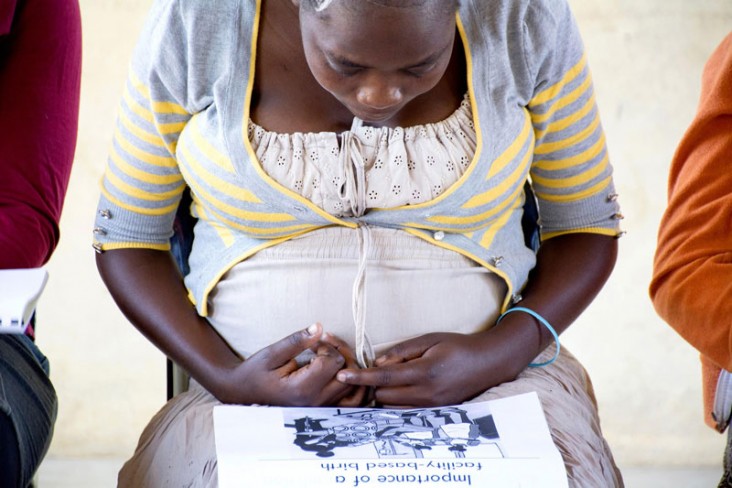- What We Do
- Agriculture and Food Security
- Democracy, Human Rights and Governance
- Economic Growth and Trade
- Education
- Environment and Global Climate Change
- Gender Equality and Women's Empowerment
- Global Health
- Humanitarian Assistance
- Transformation at USAID
- Water and Sanitation
- Working in Crises and Conflict
- U.S. Global Development Lab
Speeches Shim

In order to meet the long-term needs of the more than 36 million people living with HIV/AIDS, USAID recognizes the importance of working with countries to mobilize their domestic resources. According to estimates by the Joint United Nations Programme on HIV/AIDS (UNAIDS), countries will require an investment of around US$ 26.2 billion by 2020 to meet demands for HIV/AIDS services, and at least 55 percent should come from domestic sources.In 2014, PEPFAR committed $63.5 million, to be disbursed over multiple years, through the SFI to support ongoing country-led efforts to further mobilize their own resources to address the needs of people living with HIV/AIDS.
To meet this need, USAID leads the coordination and implementation of the U.S. President’s Emergency Plan for AIDS Relief’s (PEPFAR’s) Sustainable Financing Initiative (SFI), which aims to control the HIV/AIDS epidemic through shared financial responsibility with host country governments.
In 2014, PEPFAR committed US$ 47.8 million, to be disbursed over multiple years, through SFI to support ongoing, country-led efforts to further mobilize their own resources to address the needs of people living with HIV/AIDS.
SFI is currently working on activities in nine countries at various stages of implementation:
- Burma
- Cambodia
- The Dominican Republic
- Kenya
- Namibia
- Nigeria
- Tanzania
- Uganda
- Vietnam
USAID collaborates with relevant stakeholders to support new and ongoing health financing activities that aim to increase domestic resources for the HIV/AIDS response. USAID is working with countries to mobilize their domestic resources while ensuring transparency, accountability and impact. SFI creates impact by increasing service coverage for HIV/AIDS prevention, care and treatment, strengthening financial protection and improving access for vulnerable populations.
USAID focuses on four approaches to mobilize additional domestic resources for HIV/AIDS. The mix of these interventions is uniquely tailored to each country’s context. Interventions include:
- Advocacy and analytics: Using evidence to generate and sustain political will, so host governments allocate more resources to health and to mitigating the impact of HIV/AIDS.
- Public financial management: Enhancing financial management and improving analysis of expenditures, so resources can be mobilized with greater efficiency are equally important parts of this approach.
- Technical efficiency: Improving efficiency through commodity procurement and supply chain system strengthening, health insurance and other financial management reforms allows countries to avoid waste and improve health and HIV/AIDS outcomes within existing resources.
- Private sector: Expanding the use of private health insurance markets and encouraging private markets to increase options and facilitate greater participation create sustainable health outcomes and greater service coverage.
Resources leveraged through SFI investments are assessed using concrete, measurable metrics. With sustainability as the primary focus, SFI’s success is measured in terms of savings as a result of achieving gains in efficiency and/or leveraging dollars thanks to new domestic commitments.

Comment
Make a general inquiry or suggest an improvement.